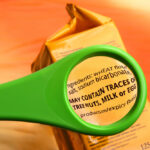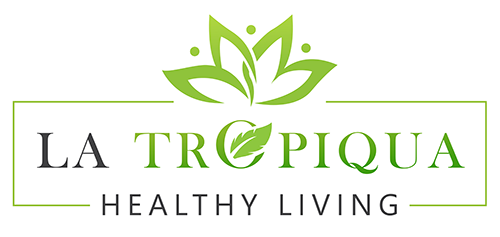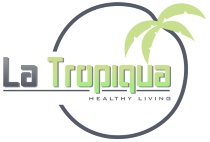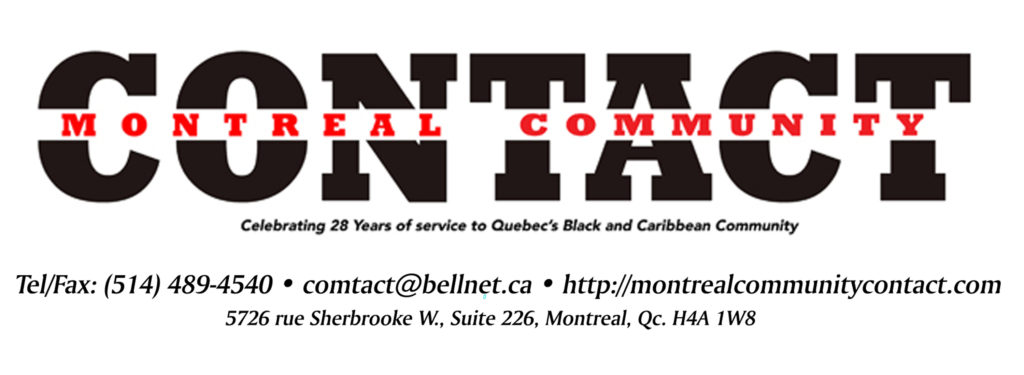
Let’s talk about food labels. It’s a big topic.
Reading and understanding food labels are important, not only if you have food allergies and food sensitivities, but also when you’re trying to live a healthier lifestyle. Healthy eating is an integral part of this. It’s about analyzing and evaluating the list of ingredients to get a sense of the value of the food products you are buying.
Understanding food labels will help you to make healthier, informed food choices over the long-term. You will gain the ability to know what foods to purchase and which to avoid. This means recognizing foods and beverages that may appear healthy, but are not. For example, those labelled “natural flavour,” “low fat”, or “sugar free,” based on a few ingredients at the bottom or end of the ingredient list.

When you read food labels, remember that ingredients on all pre-packaged foods are listed in descending order based on their weight. The ingredients closest to the top or front of the ingredient list are most abundant in the food. While those closest to the bottom or the end are included in smaller quantities. Fewer ingredients on a food label often means a better choice.
Naturally flavoured
Let’s start with ‘naturally flavoured.’ Many of you have seen this on food products. Just because a product is labeled naturally flavoured, does not mean that you’re getting the real natural, fruit or meat flavour. If that was the case, the food’s shelf-life would be lower.
‘Natural’ is not the same as organic. Nor does organic mean healthy. The food product could still be loaded with additives, salt and sugars. So read your labels. When it comes to sugars look out for ingredients such as “maltose, brown sugar, corn syrup, honey and fruit juice concentrate.”
Natural flavour means that you’re getting more of an essence, extract or oil that is chemically produced to add that flavour we so love. Most of us appreciate good flavour and have likely used vanilla, almond, lemon, or other extracts in our baking. These extracts are not bad for you, but they have no health benefits, calories, or nutritional value. They are only meant to improve flavouring. Like artificial flavours, they’re often found in many processed foods, because of their high shelf life.
Perhaps you are wondering if naturally flavoured is better than artificially flavoured, the response is not necessarily. Natural flavourings are made from plant and animal sources and artificial flavours or additives, are derived from man-made sources. They are both highly chemically processed and as mentioned earlier, have no nutritional value.
There are other options if you are looking for real, natural flavours. If you can, go for fresh and minimally processed flavourings. Instead of vanilla extract, try vanilla bean (a little goes a long way- one vanilla pod is equal to three teaspoons of vanilla extract). Or if you’re looking for lemon flavour, I often opt for freshly grated lemon rind. In fact, lemons are always on my grocery list. They’re inexpensive and great for adding flavour to cooking and baking. It is so tasty on chicken. Orange rind also packs a punch in flavouring when added to baking. Most of you may already have them on your grocery list. You can add the juice as well if your recipe calls for liquid. Other option, grate the rind and eat the rest.
Fresh does not have to be expensive. In fact, it is often more cost effective, and always a healthier option. Baking or cooking your own foods from scratch when you can, is also a better choice. You know all the ingredients that have been added and can make a conscious decision to add healthier ones. Fresh fruits, spices (minimally processed), onions, garlic are all judicious ways to add flavour.
Start your journey to healthier eating with education. Once you have mastered the skill of reading and analyzing food labels, it will become second nature. You will find yourself doing it without even realizing it. Stay tuned for more information on food labels.
Have questions on how you can eat healthier or about healthy living in general? Share them with us. Some will be answered here. Send your questions to: info@latropiqua.ca.



